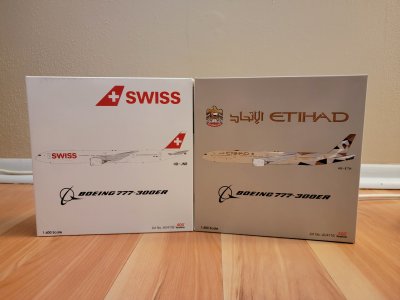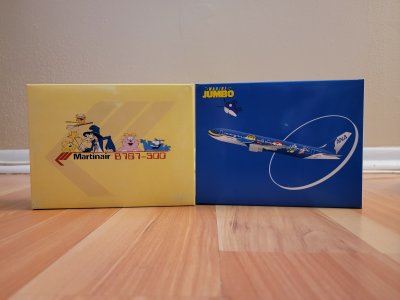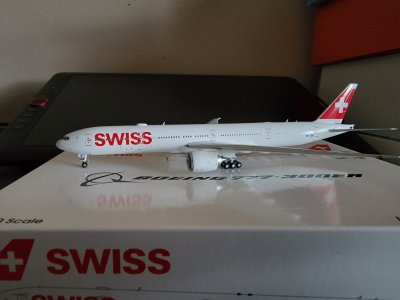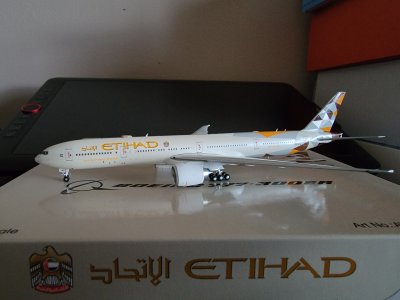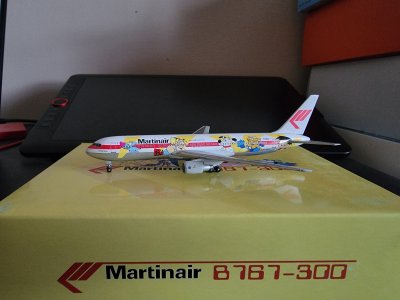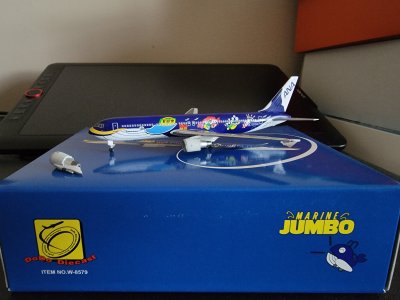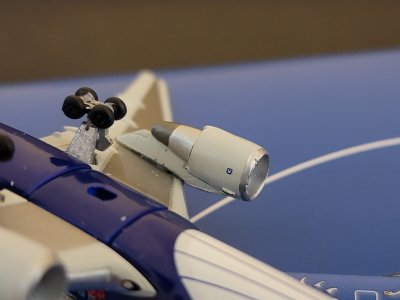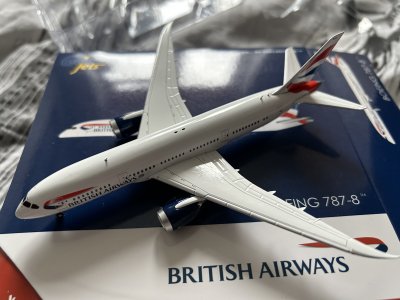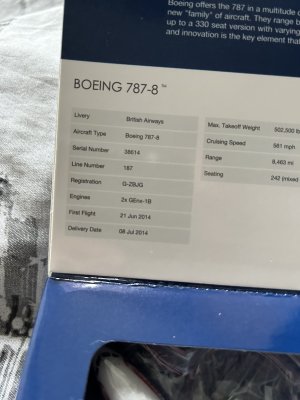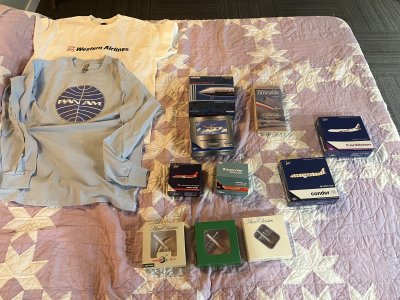Short definition:
Electroplating is a process whereby a metal object is placed into a solution with an electrical current passing through it. Metal ions migrate through the solution from a positive electrode to a negative one, and the current passing through causes objects at the cathode to be coated by the metal in the solution.
The plating metal is the anode (polarized electrode through which current enters)
The base metal to be plated is the cathode (polarized electrode through which current leaves)
So, the electrical current is used to create a thin layer of metal which will stick onto the outer surface of the base metal object. There are 4 methods of plating, but this is the most common.
It’s a fussy and hazardous process which requires strict safety controls and careful implementation.
https://www.rapiddirect.com/blog/electroplating-process/
I’ve seen examples of the outer skin of the electroplated metal surface stripped off models which had glue failure on the slotted wings in the past, revealing the dull base metal (zinc alloy) underneath. The wing separated but the glue was bonded so well to the outer layer it peeled it off together with the painted surface.
NG most likely encountered problems with the plating metal not ‘sticking’ to certain areas of their L-1011 moulds due to the complex shape around the tail/#2 intake area, which has surface contours and the tricky area between the #2 intake and fuselage. A high failure rate was probably encountered - hopefully they have successfully fine-tuned the process in order to mitigate this problem.
Metal polishing is a different process which has 3 methods which are summarised here:
https://www.fastradius.com/resources/comparing-different-types-polishing-surface-finishes/
The principal difference is that it does not employ the use of a separate plating metal as with electroplating. Depending on the method employed and how well it is executed, polished metals can dull and tarnish over time.
A bit dry and technical but hope this helps to illustrate!
